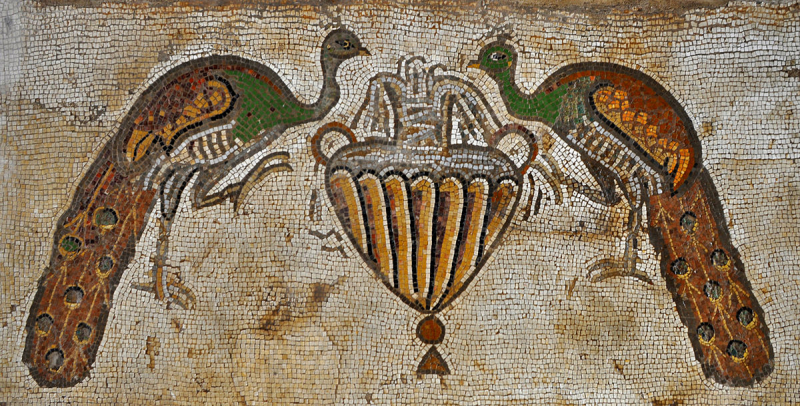Byzantine Cuisine
You think of culture, architecture, philosophy, and the Olympic sport of wrestling when you hear the word "Greco-Roman," but not Byzantine cuisine. To truly understand Byzantine food, they must return to its origins. It incorporated both Greek and Roman methods. Cheese, figs, eggs, olive oil, walnuts, almonds, apples, and pears were all staples of the Byzantine cuisine, indigenous to the empire's territory and appreciated by aristocratic and common people equally.
Because sugar was unavailable, the Byzantines often utilized honey as a sweetener in their recipes. Bread was a staple of the Byzantine meal and a guarantee of stability for Constantinople's rule. And it was a big operation, with Constantinople's bakeries often producing over 80,000 loaves per day. Bread, cheese, meat, and fish were staples of the Byzantine diet, much of which was cured and kept in salt and olive oil. However, like in modern Greece, this diet was supplemented with vegetables grown in tiny gardens.
Despite the scarcity of information available today, understanding of Byzantine food is akin to restoring a shattered mosaic; even though many of the pieces are still missing, the picture retains a wonderful character. Today, the flavors and ingredients of Greek and other Mediterranean cuisines provide a glimpse of what Byzantine cuisine must have been like.












